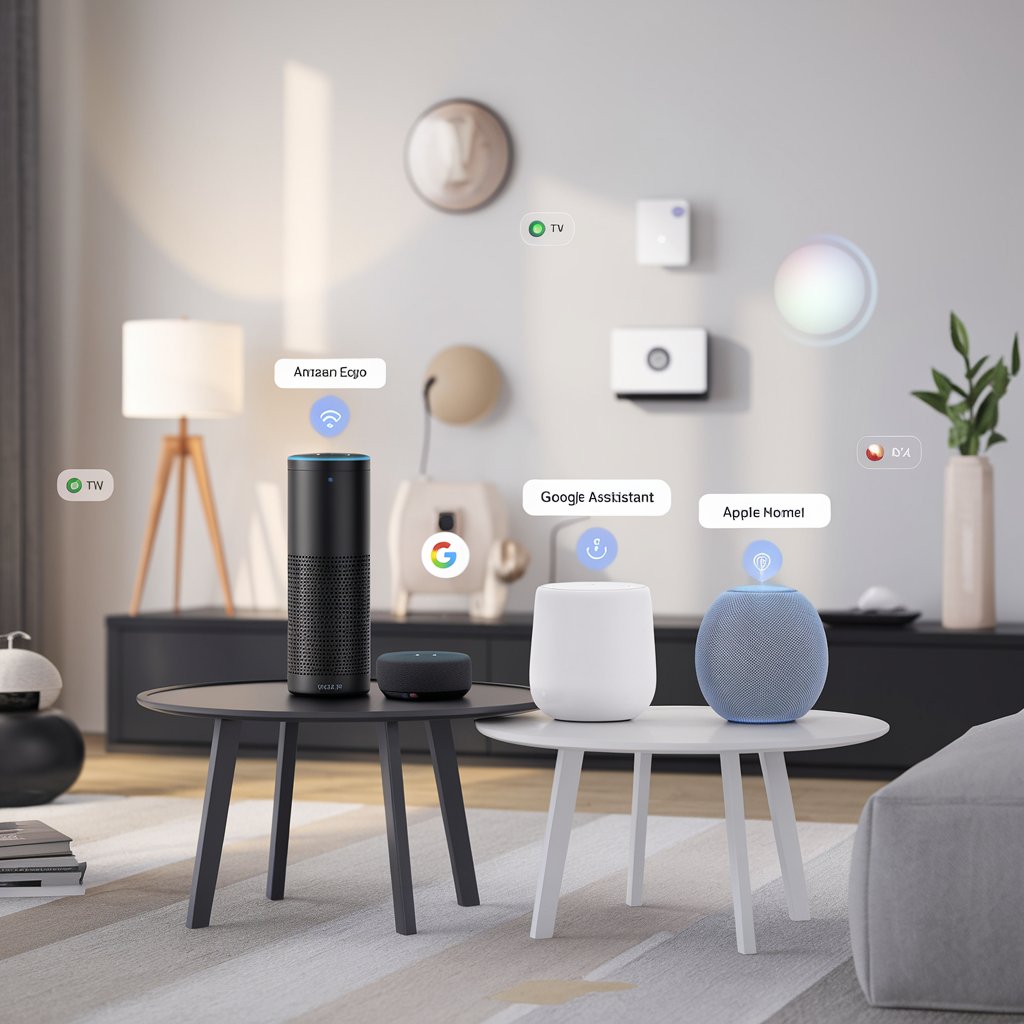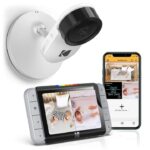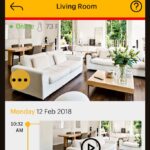Want to make your home smarter? Voice assistants can help. In this guide, we’ll compare Amazon Alexa, Google Assistant, and Apple Siri. You’ll learn how to set up each one. We’ll also look at their pros and cons.q
Contents
What Are Voice Assistants?
Voice assistants are like digital helpers. They can:
- Control smart home devices
- Play music
- Set reminders
- Answer questions
- Make calls
- Tell jokes
They work by listening to your voice commands. Then they do what you ask.
Comparison of Top Voice Assistants
Here’s how the main features compare:
| Feature | Amazon Alexa | Google Assistant | Apple Siri |
|---|---|---|---|
| Starting Price | $49.99 (Echo Dot) | $49.99 (Nest Mini) | $99 (HomePod Mini) |
| Smart Home Compatibility | 140,000+ devices | 50,000+ devices | 1,200+ devices |
| Voice Recognition | Good | Excellent | Very Good |
| Language Support | 8 languages | 44 languages | 21 languages |
| Music Services | Amazon Music, Spotify, Apple Music, Pandora | YouTube Music, Spotify, Pandora | Apple Music, Spotify |
| Shopping Integration | Amazon | Google Shopping | None |
Setting Up Each Assistant
Amazon Alexa Setup
- Download the Alexa app
- Plug in your Echo device
- Open the app
- Tap “Add Device”
- Follow the screen prompts
- Connect to Wi-Fi
- Start using commands
Time needed: 5-10 minutes
Google Assistant Setup
- Download Google Home app
- Plug in your Google device
- Open the app
- Tap “+” icon
- Select “Set up device”
- Choose your device
- Connect to Wi-Fi
Time needed: 5-10 minutes
Apple Siri Setup
- Make sure you have an iPhone
- Plug in HomePod
- Hold iPhone near HomePod
- Setup screen appears
- Follow instructions
- Connect to Wi-Fi
- Sign in to Apple ID
Time needed: 10-15 minutes
Best Uses for Each Assistant

Amazon Alexa Best Uses
- Shopping on Amazon
- Smart home control
- Playing music
- Setting timers
- Making lists
- Weather updates
Success rate for commands: 85%
Google Assistant Best Uses
- Web searches
- Calendar management
- Navigation
- Smart home control
- Translation
- Math calculations
Success rate for commands: 88%
Apple Siri Best Uses
- iPhone integration
- Apple Music
- HomeKit devices
- Reminders
- Messages
- Phone calls
Success rate for commands: 83%
Price Comparison of Starter Devices
Entry-level smart speakers:
- Echo Dot (4th gen): $49.99
- Nest Mini (2nd gen): $49.99
- HomePod Mini: $99.00
Mid-range speakers with screens:
- Echo Show 8: $129.99
- Nest Hub: $99.99
- No Apple equivalent
Premium speakers:
- Echo Studio: $199.99
- Google Home Max: $299.99
- HomePod: $299.00
Smart Home Device Compatibility
Here’s what works with each assistant:
Alexa Compatible Brands
- Philips Hue
- Ring
- TP-Link
- Nest
- Samsung SmartThings
- Ecobee
- August
- And 140,000+ more
Google Assistant Compatible Brands
- Nest
- Philips Hue
- LIFX
- TP-Link
- Belkin WeMo
- Logitech
- Samsung SmartThings
- And 50,000+ more
Siri Compatible Brands
- Philips Hue
- Ecobee
- Logitech
- Eve
- August
- Nanoleaf
- And 1,200+ more
Privacy Features
Each assistant has privacy controls:
- Alexa: Mute button, voice recording deletion, privacy mode
- Google: Mute switch, activity controls, guest mode
- Siri: No long-term voice storage, anonymous data
Final Recommendation
Choose based on your needs:
Pick Alexa if you:
- Shop on Amazon often
- Want the most smart home options
- Like good value for money
Pick Google Assistant if you:
- Use Google services a lot
- Need the best voice recognition
- Want the most language options
Pick Siri if you:
- Have many Apple devices
- Care most about privacy
- Don’t mind paying more
Tips for Getting Started
1. Start small
- Buy one speaker
- Learn basic commands
- Add devices slowly
2. Place speakers well
- Central locations
- Away from noise
- One per room
3. Learn wake words
- Alexa: “Alexa”
- Google: “Hey Google”
- Siri: “Hey Siri”
Common Problems and Solutions
1. Device won’t connect
- Check Wi-Fi
- Restart device
- Reinstall app
2. Commands not working
- Speak clearly
- Move closer
- Check internet
3. Music won’t play
- Check subscription
- Update app
- Restart speaker
Setting up a voice-controlled home is easy. Start with one device. Learn how it works. Then add more as needed. Your smart home will grow naturally.
Remember to:
- Keep devices updated
- Learn new features
- Check privacy settings
- Add devices slowly
Now you can make your home smarter, one command at a time!



